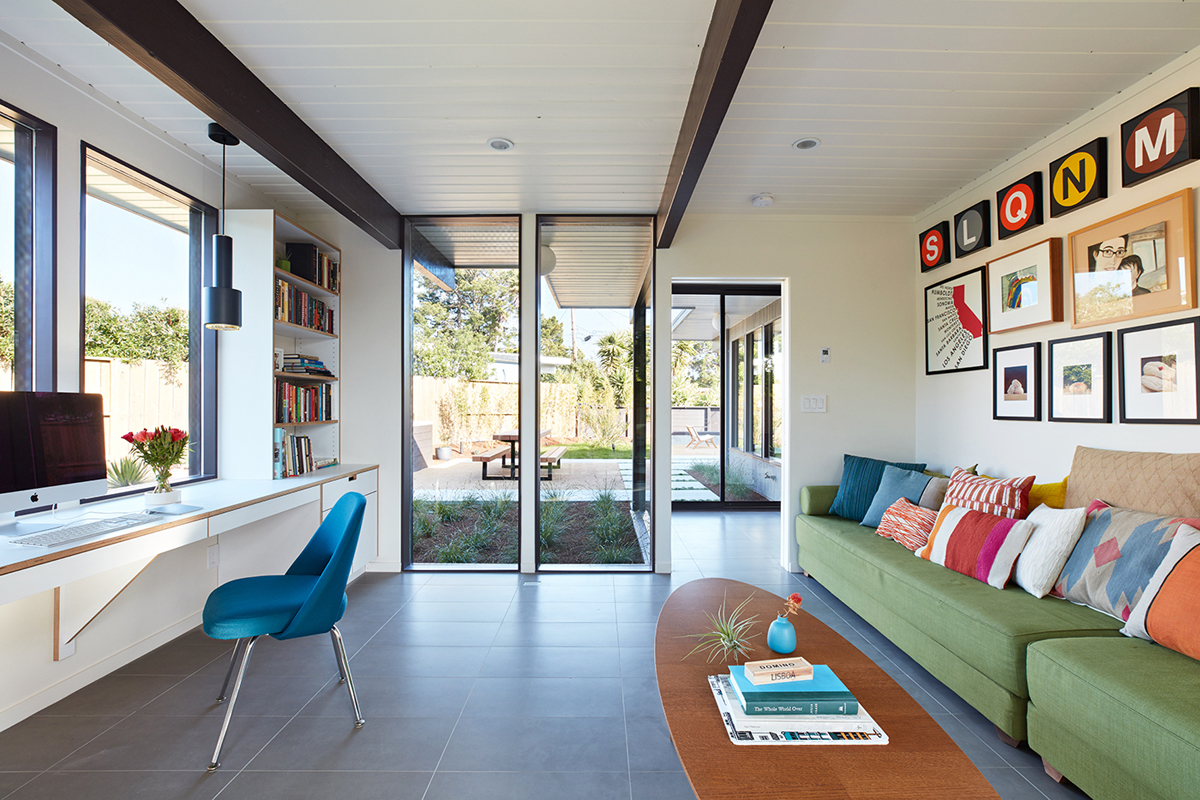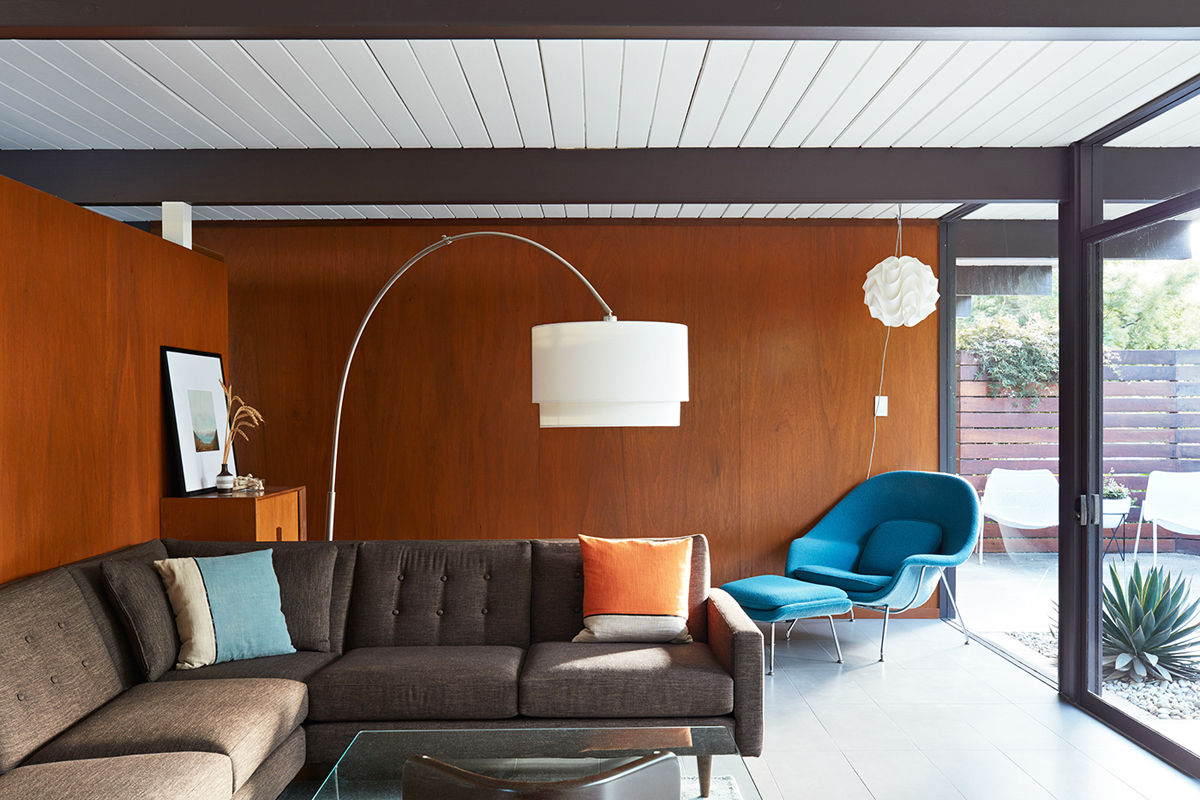Keeping Radiant Heat Alive - Page 2
 |
|
|
 |
|
|
 |
|
|
As it was, setback requirements necessitated that the addition be on the side, he said, adding ruefully, "We don't like to [add] a hallway if we don't have to."
Another aspect of the job was restoring the interior Philippine mahogany paneling with some sanding and oil. "Sometimes they get kind of orange, so it's [about] bringing it back to that rich, brown color," said Klopf.
The new radiant system was extended into the addition, and a single floor-covering material brought the entire house together seamlessly. "If someone's going to do new flooring and full renovation, they're going to go, 'You know what? I really don't want to do my floors again,'" commented LaChance, speaking from experience about the risk in repairing a leaky radiant system.
The heating expert said that, generally, replacing a radiant system costs between $26,000 to $35,000, about a quarter of which is replacing the boiler.
"If we use copper [tubing], it's more," he observed.
For this house, the clients opted for PEX polyethylene tubing, which comes with a 25-year warranty against leaks. To install it, separate shallow layers of gypsum and concrete are added atop the foundation slab, then new grooves for the tubing are cut into it. LaChance said the job, which can get messy, usually takes about ten working days.
"PEX is a lot easier to utilize because it's more flexible," he noted, adding, "Sometimes with these grooving jobs, if the boiler isn't too old, you can still use it."
Klopf points out, however, that with radiant, "You can't just put down any [type of] flooring."
"There was no applied flooring [before the new remodel], and now there's tile throughout," said the architect, adding that the client chose one-by-two-foot gray porcelain tile to simulate the original polished concrete floor. "Tile transfers the heat nicely."




